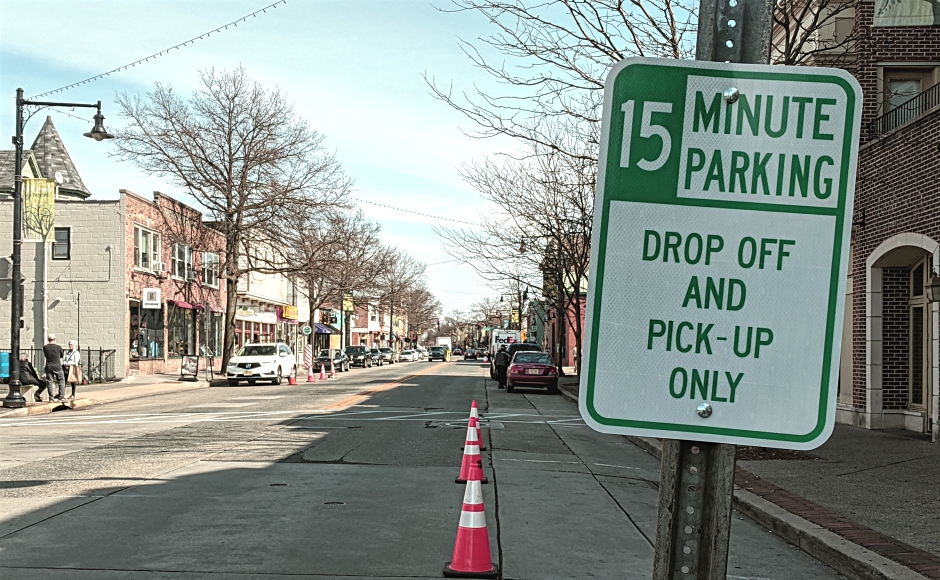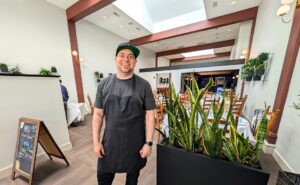 Restaurant-driven Collingswood established temporary parking for takeout businesses throughout the COVID-19 pandemic. Credit: Matt Skoufalos.
Restaurant-driven Collingswood established temporary parking for takeout businesses throughout the COVID-19 pandemic. Credit: Matt Skoufalos. Restaurant-driven Collingswood established temporary parking for takeout businesses throughout the COVID-19 pandemic. Credit: Matt Skoufalos.
Restaurant-driven Collingswood established temporary parking for takeout businesses throughout the COVID-19 pandemic. Credit: Matt Skoufalos.

